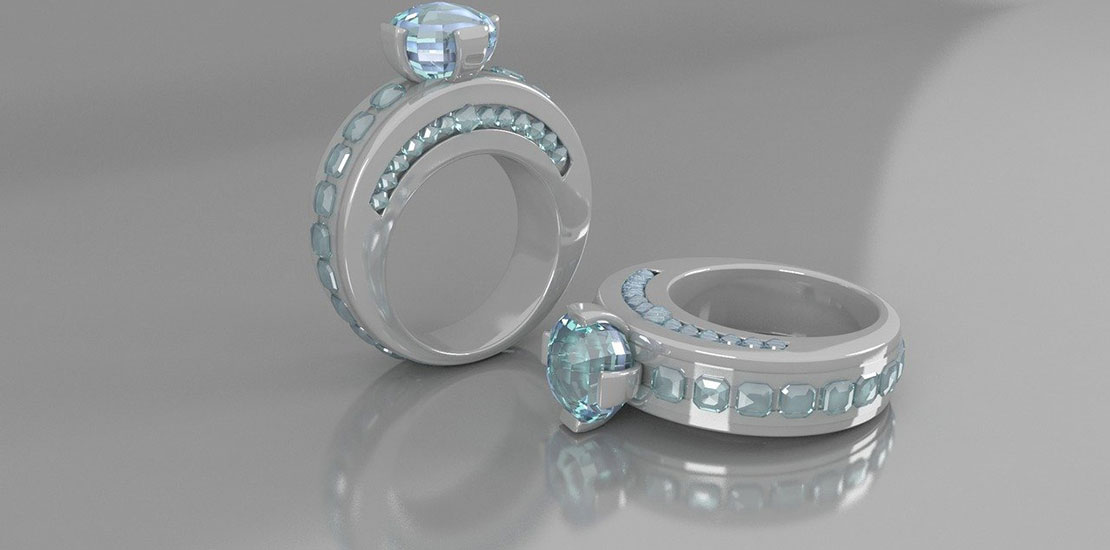
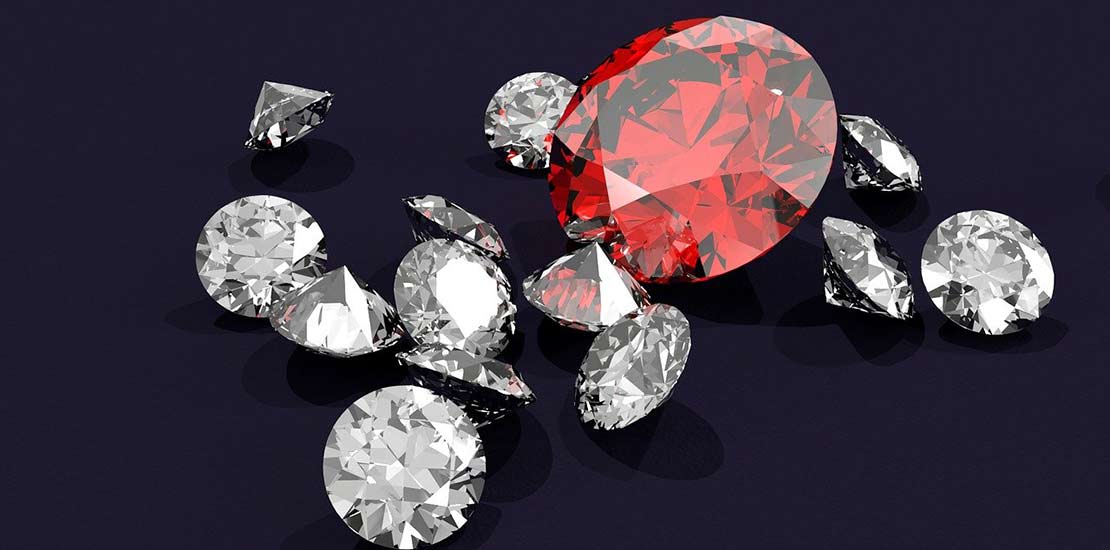
Project Details
- Product Name:
HPHT Synthetic Diamond
- Color:
Yellow, Greentinch, Brown,Red,Blue
- Clarity:
VVS VS SI
- Usage:
For Cutting Fancy Color Lab Diamonds
- Technology:
HPHT
Lab grown colored diamonds can be produced in a range of colors, from light yellow to intense blue. In addition to natural diamond colors, these diamonds can be created in a number of different shapes and sizes. Various hues can be obtained through color grading processes, which are performed by certified gemologists.
The main source of a diamond’s color is boron. This chemical compound absorbs yellow light, and reflects blue light. The concentration of boron in different types of diamonds can produce different shades of blue. Although lab grown colored diamonds are rarer, they are now affordable for most consumers. Until recently, diamonds of the rarest hues were reserved for the rich.
Characteristics of Colored Diamonds
- While the presence of fluorescence is a quality attribute, too much fluorescence can diminish the clarity and eye appeal of a diamond. In addition, too much fluorescence can also make a diamond appear cloudy, reducing its transparency. In some cases, however, a small amount of blue fluorescence can be beneficial. For example, it can mask the yellow body color of a diamond, making it appear whiter in certain lighting environments.
Due to the increasing popularity of colored diamonds, the market for these diamonds has significantly changed. With the development of production technologies, lab grown colored diamonds have become affordable to a wider range of consumers. They are no longer valued at millions of dollars per carat, but instead are valued at about 10-20% more than colorless diamonds.
Gemological properties of Colored Diamonds:
One of the most important factors in determining whether a diamond is natural or lab grown is the type of diamond that it is. Natural diamonds are a good choice for jewelry, but diamonds with an obvious hint of color can make an impressive addition to a jewelry piece.
- Lab-grown colored diamonds are significantly less expensive than natural diamonds. The price of a lab-grown diamond can be 30% to 50% lower than that of a natural diamond. However, the cost of a natural diamond depends on many factors, including its carat weight and cut grade. In rare colors, lab-grown diamonds can cost up to one-third less than natural ones.
- Natural diamonds are extremely rare, and miners work in dangerous conditions to extract them. Lab-grown colored diamonds, on the other hand, are created in controlled environments and can be ready in as little as two weeks. Furthermore, the chemical, optical, and mechanical properties of these diamonds are exactly the same as those of natural diamonds, so the two types cannot be distinguished by naked eyes.
Colored Diamonds Advantage:
CVD lab grown diamonds are one of the more affordable ways to buy a diamond. They are graded on a number of different qualities, including cut, clarity, carat weight, and fluorescence.
If you are considering purchasing a colored diamond, it is important to know what you are getting. The price range of lab grown diamonds can range anywhere from ten to thirty percent less than natural diamonds. A natural colored diamond can range from a few shades to a dark brown or yellow. The difference in price is not always noticeable, but if you do not need an exact match for your engagement ring, a lab-grown diamond might be a better choice.
If you are a person who loves diamond jewelry, you should know the truth about lab grown diamonds. These diamonds are the same as natural diamonds in terms of chemical features and have the same Mohs hardness as natural diamonds. This is a big plus for buyers, but it has its downsides. While they are technically real diamonds, lab-grown diamonds are mass-produced, so you won’t get a one-of-a-kind stone.
Natural diamonds are colorless but they are rare and extremely expensive. Most natural mined diamonds have some tint of yellow, but some are completely colorless. Most natural diamonds are J or E grade, with very few being D-grade. This means that they are practically colorless but have some flecks of impurity.
Related Projects
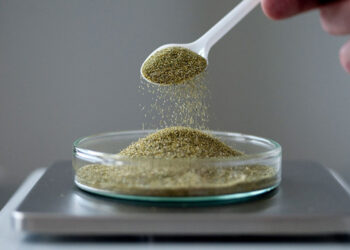
lab grown diamonds
Nanometer Modified Diamond Powder
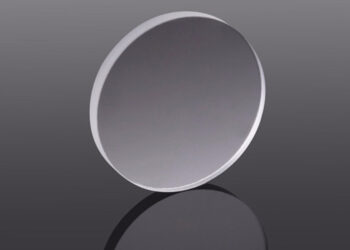
lab grown diamonds
CVD SC Diamond Optical Window
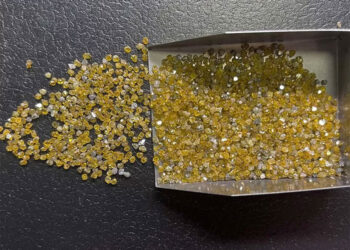
lab grown diamonds